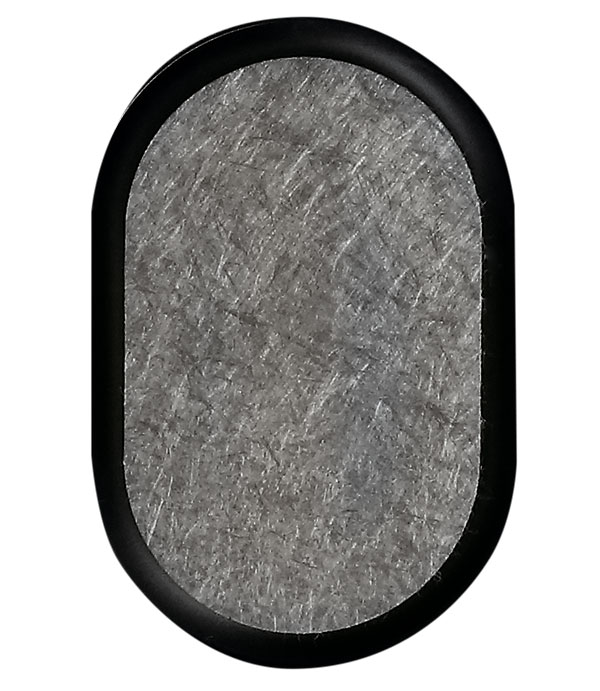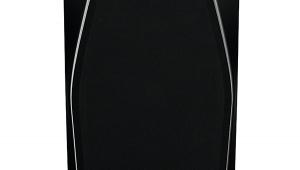PS Audio aspen FR10 Loudspeaker Passive Radiation
An ABR (Auxiliary Bass Radiator) is a potentially superior method of reflex-loading an active bass unit and extending its low frequency 'heft'. The traditional port tube is, of course, the more cost-effective option for designers but, as I discuss below, the 'plastic pipe' is not without its shortcomings. PS Audio, like GoldenEar and others [HFN Jan '24], is a fan of ABRs – here the mass of air within a port tube is substituted for the more substantial moving mass of a diaphragm to form a Helmholtz resonator with the compliance of the air trapped in the cabinet. It's effectively a drive unit without a motor (so no voice coil and no magnet) but with a more compliant surround to ensure free and extended excursion at very low frequencies. In this case the FR10's lightweight, flat but very rigid sandwich cones, with a soft rubber surround, are designed to offer 2-3x the displacement of the active, front-facing 165mm sandwich coned drivers.

The exact shape of the ABRs is not critical at these very low frequencies/long wavelengths so PS Audio has opted for an oval (230x150mm) profile simply to maximise the useable surface area on the rear of this fairly narrow cabinet. (Strictly, it's neither oval nor elliptical, but shaped like a race track.) The uniformity of the rubber surround between its linear and curved sections requires some attention, but this has been well understood since the development of the earliest flat sandwich 'ovals', including the famous KEF B139 driver from the 1970s – the latter offered in 'active' and 'passive' forms.
ABRs offer advantages over ports because they avoid the turbulent airflow that may result from high tube velocities – a source of 'chuffing' and other distortions – while attenuating enclosure quarter-wave and other resonances that would otherwise sail clear from a duct. ABRs can also assist in the optimum low-frequency tuning of a speaker in a room. Ideally, the ABRs would be placed in force-cancelling guise opposite one another on the sidewalls of the cabinet, as we saw in the FR30 and FR20. While this confers benefits in resonance control, for reasons of aesthetics and economy PS Audio has placed its ABRs on the rear of the FR10 with the lowest radiator very near the floor to leverage further reinforcement from boundary gain. In practice, the FR10s may also be sited closer to the rear wall, bringing two boundaries into play, and potentially lifting the bass still further without causing major anomalies in response. PM


























































